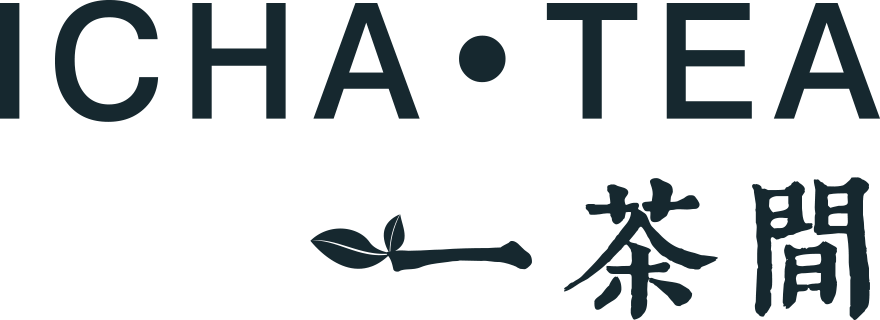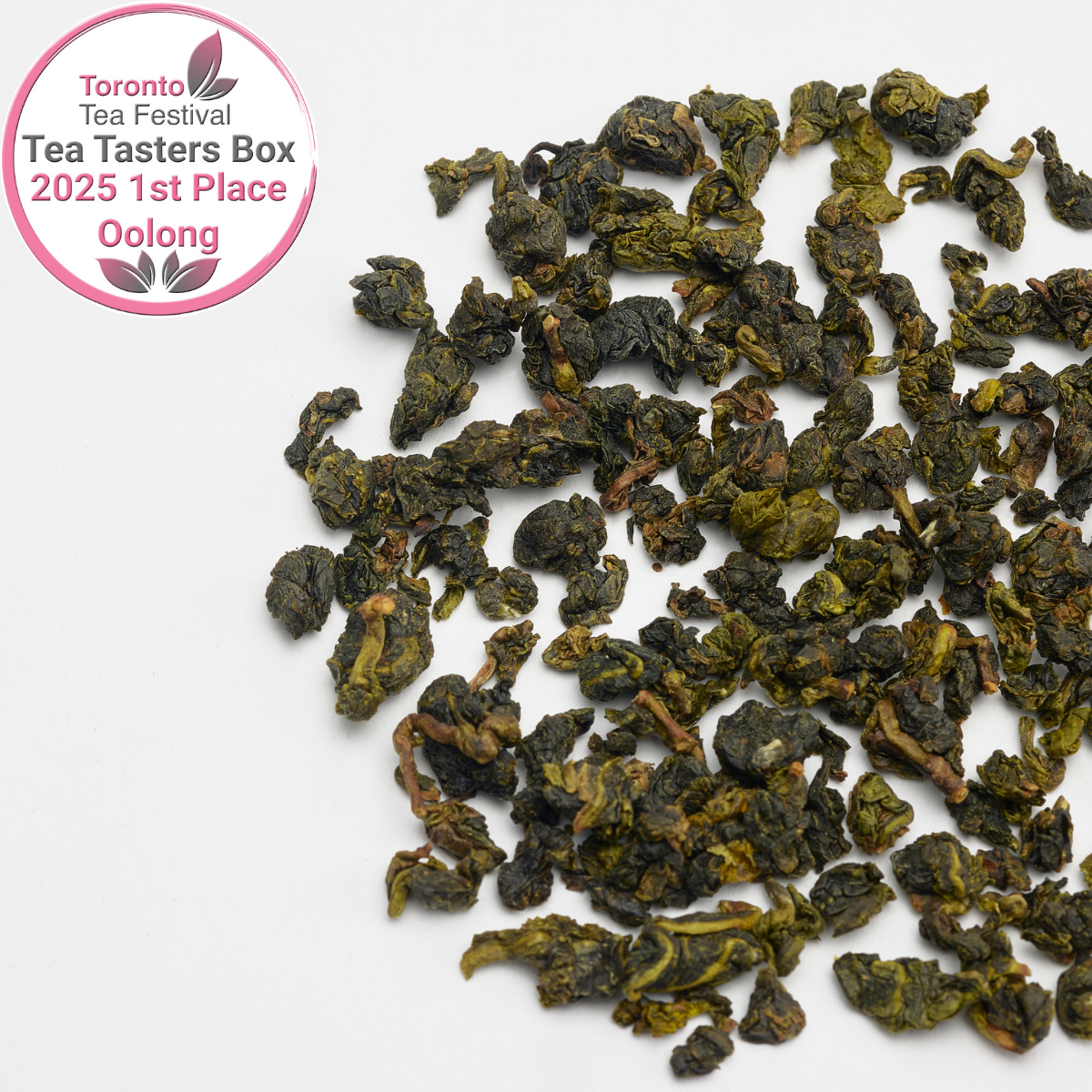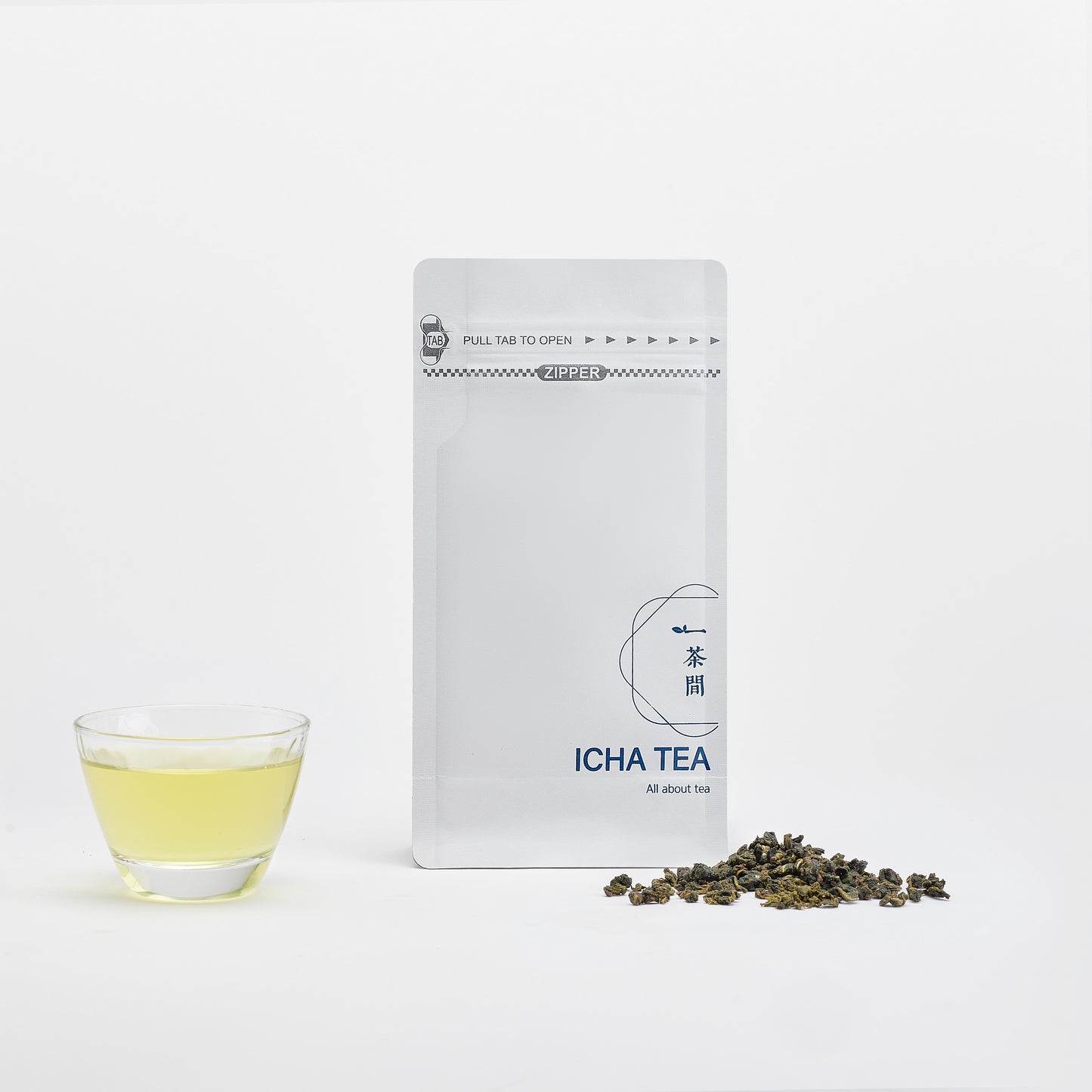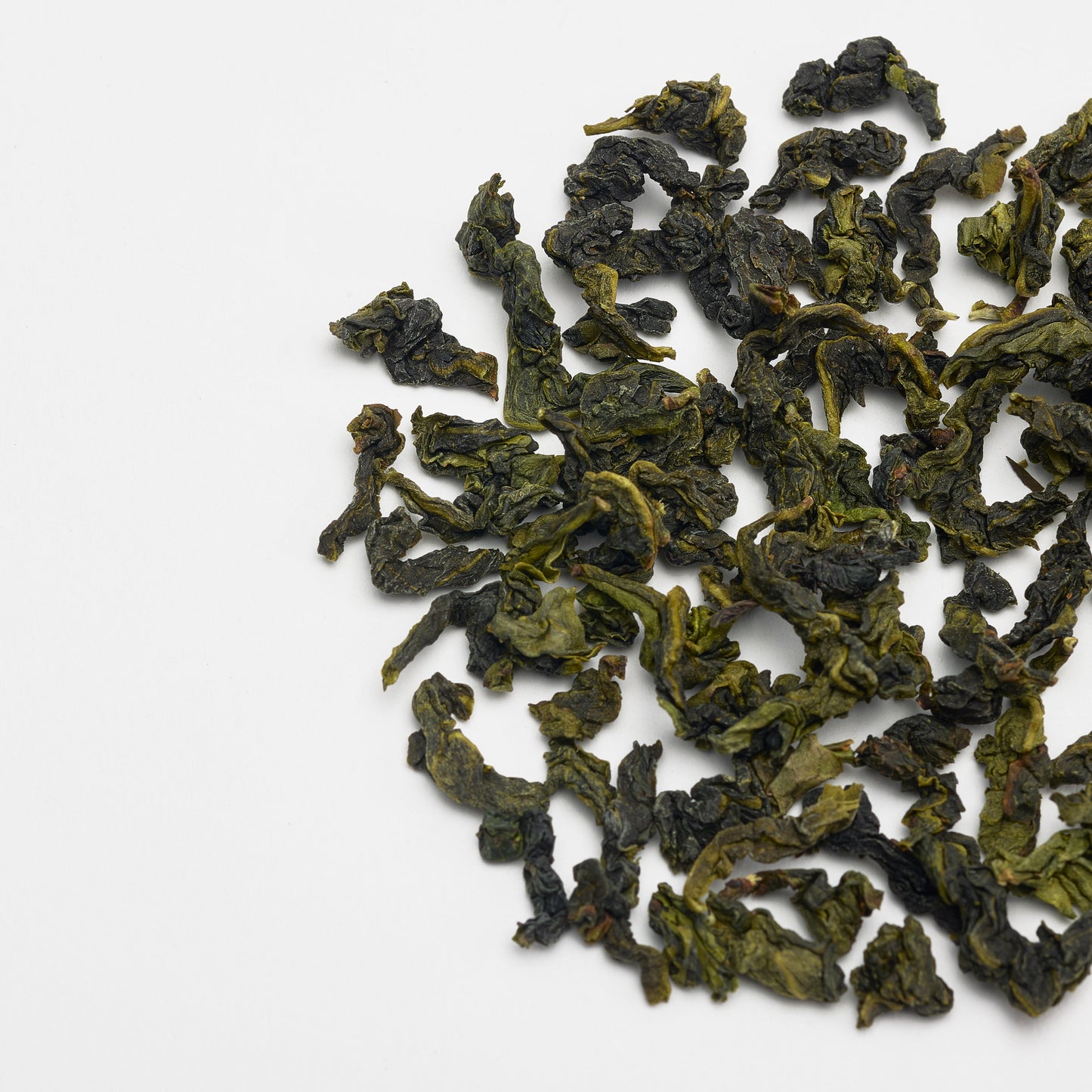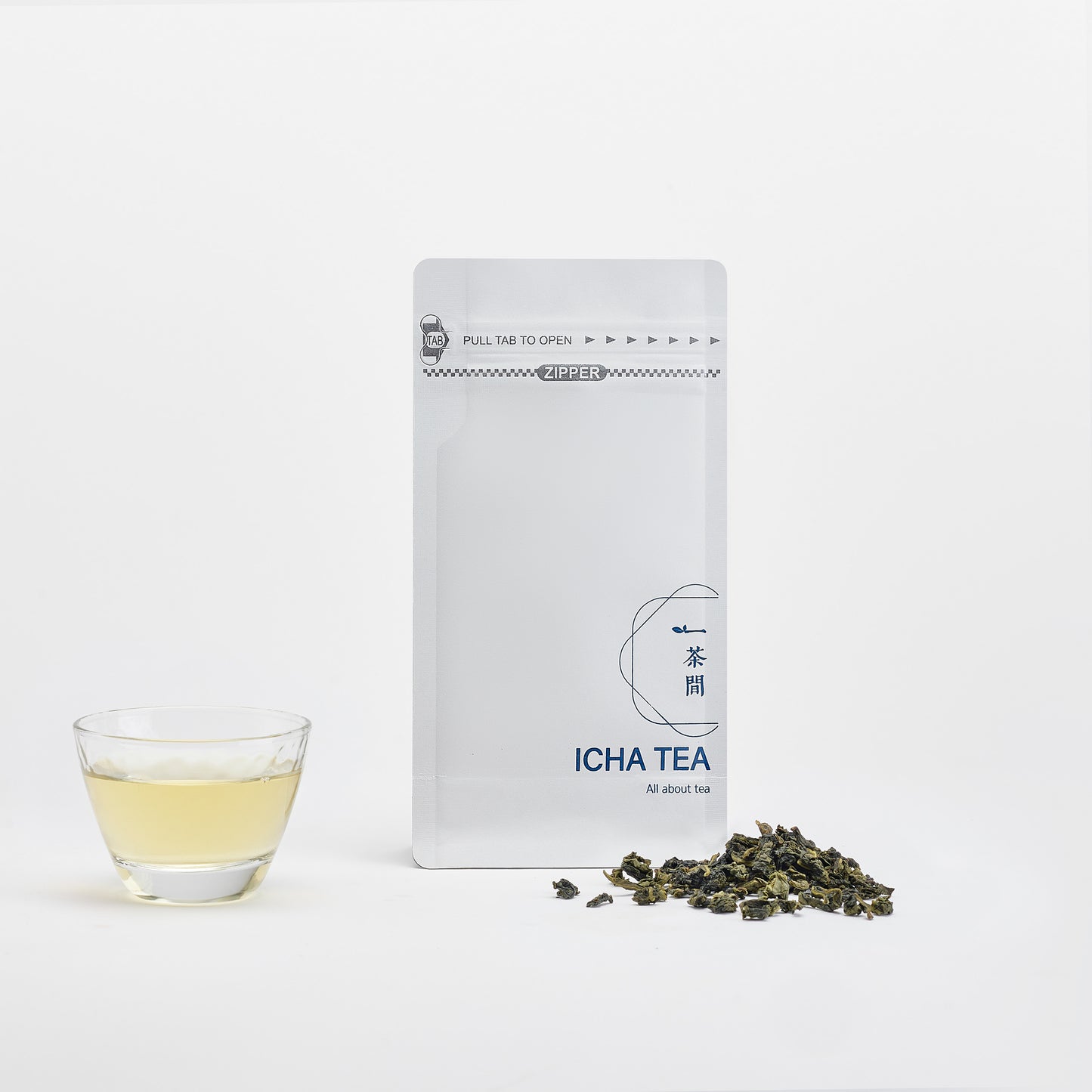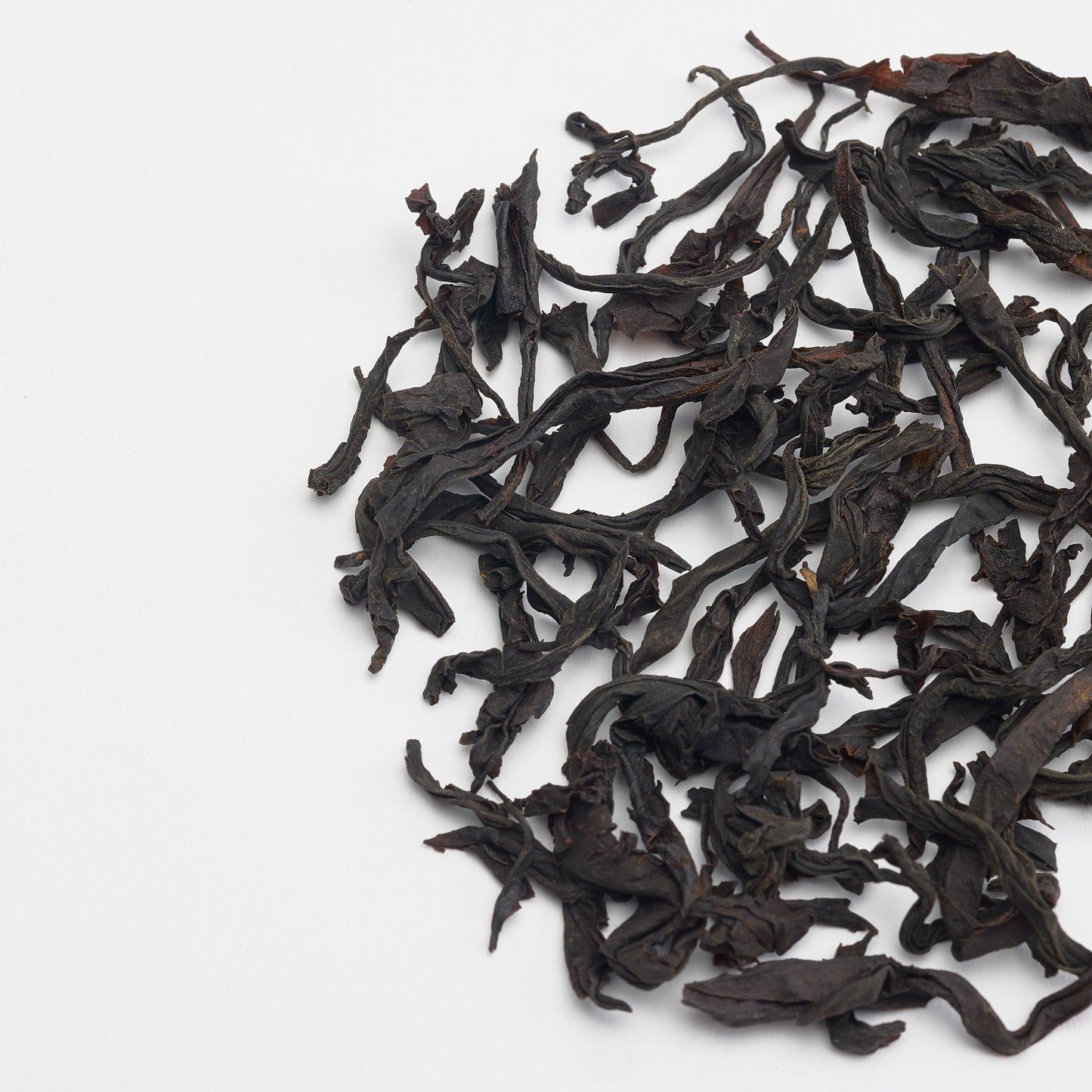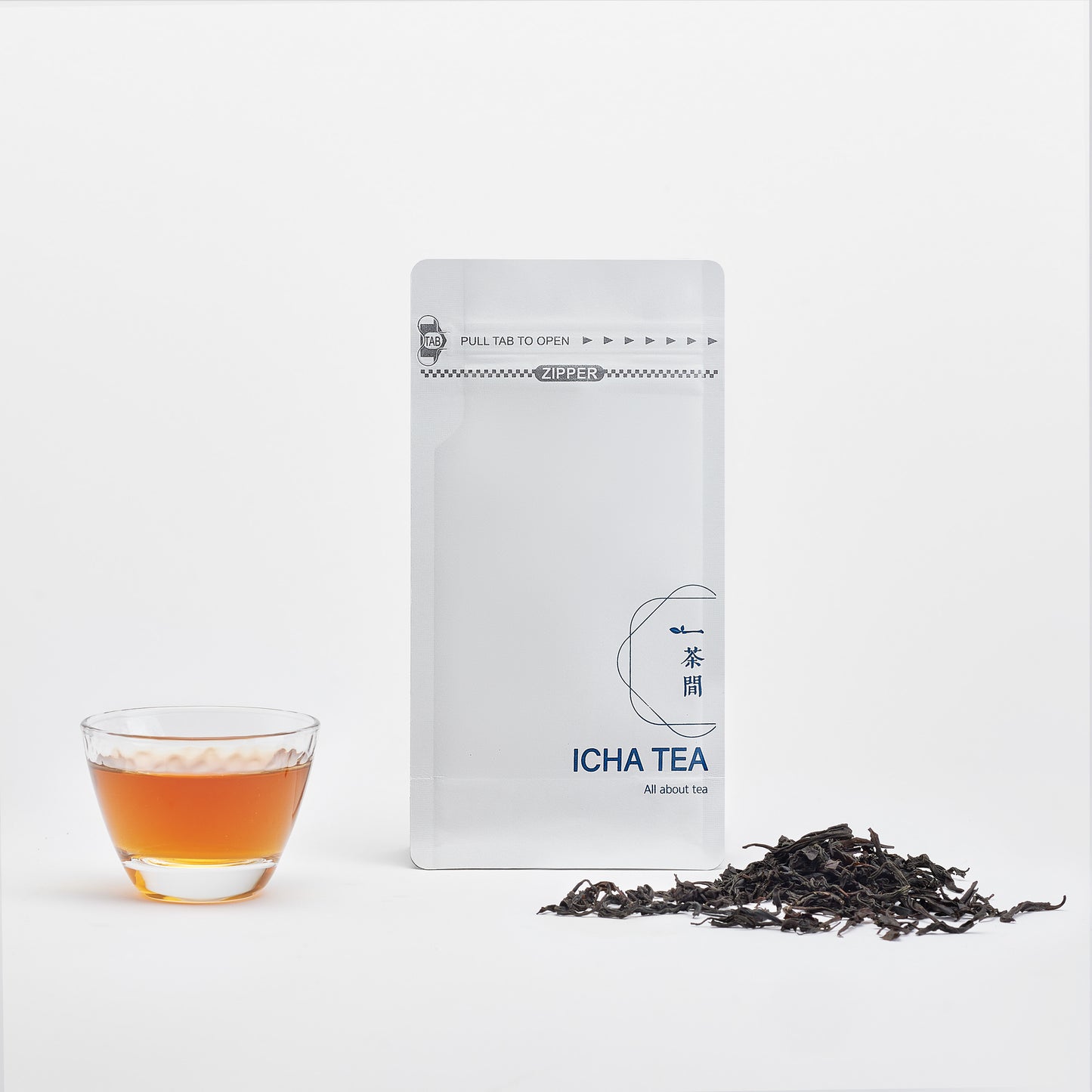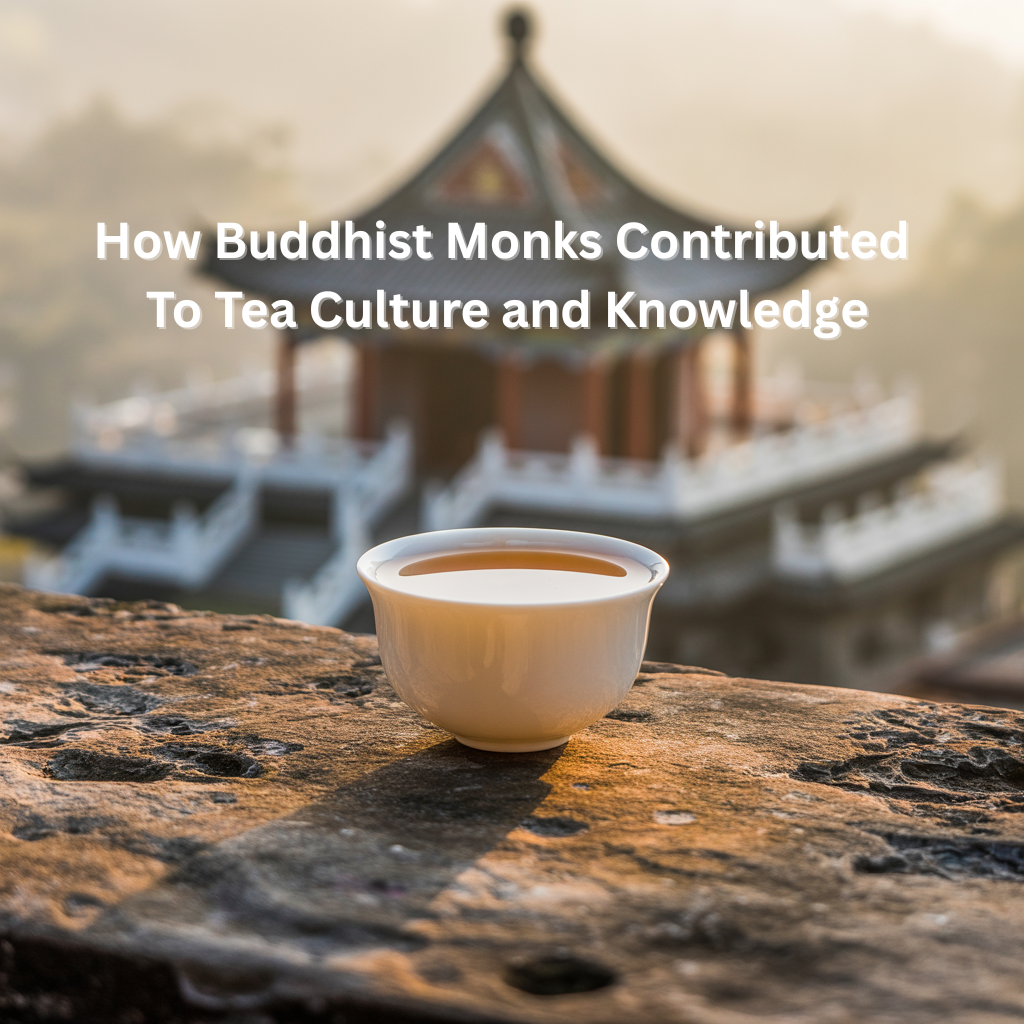
Long before modern laboratories existed, Buddhist monks in mist-shrouded mountain temples were conducting sophisticated experiments with tea—not for profit, but for enlightenment and healing. These sacred spaces served as the world's first tea research centers, where centuries of careful observation and spiritual practice transformed wild tea leaves into powerful medicines.
Today, as we sip our carefully crafted oolongs, we're tasting the legacy of these monk-scientists who discovered that the way tea is processed fundamentally changes its effect on both body and mind. Their journey through the Wuyi Mountains' Tianxin Yongle Temple, where legendary teas like Da Hong Pao were perfected, reveals a fascinating intersection of spirituality and empirical observation.
Sacred Spaces, Scientific Methods
Buddhist temples occupied a unique position in ancient Chinese society—isolated, contemplative environments that provided perfect conditions for experimentation. Unlike merchants focused on profit or farmers concerned with yield, monks had the luxury of time and the discipline of careful observation.
Their daily routines created ideal conditions for understanding tea's effects. Morning meditation sessions were followed by specific teas, with monks carefully documenting physical and mental changes. Over generations, this accumulated knowledge filled temple records with detailed observations about how different processing methods affected the tea's medicinal properties.

The Tianxin Yongle Temple, nestled in the biodiversity hotspot of the Wuyi Mountains¹, became particularly renowned for its tea innovations. With access to wild tea varieties growing on rocky cliffs, monks developed the charcoal roasting techniques that remain fundamental to oolong processing today. These weren't random discoveries but the result of methodical experimentation by studying and adjusting temperatures, timing, and techniques while observing the effects on both the tea and the drinker.
Medicinal Discoveries Through Meditation
The monks' meditation practice enhanced their sensitivity to tea's subtle effects, allowing them to perceive changes that might escape a less mindful observer. Through this heightened awareness, they documented specific teas for different ailments: heavily oxidized oolongs for digestive issues, lightly oxidized varieties for cooling "internal heat," and specific roasting levels for respiratory conditions.
The most famous cited example of monastic tea medicine is the Da Hong Pao legend². When scholar Ding Xian fell gravely ill while traveling through the Wuyi Mountains, a compassionate monk from Tianxin Temple brewed tea from ancient bushes growing on the rocky cliffs. The tea's healing properties not only restored Ding Xian to health but later saved the Empress, establishing tea as imperial medicine. It is a little difficult to confirm whether the precise details of this legend are historically accurate or fabricated by tea companies marketing to sell more expensive tea. It is, however, documented that Buddhist monks did play a special role in understanding early tea benefits and documenting processing knowledge and effects.
What made these teas so effective? The monks discovered that processing methods altered medicinal properties. Withering duration affected the development of anxiety-reducing compounds. Roasting temperatures influenced digestive benefits; lower temperatures preserved "cooling" properties, while higher temperatures created "warming" effects beneficial for different conditions. Even the number of infusions mattered, with monks prescribing first infusions for energy and later infusions for calming effects.
If you're curious to experience this legendary tea that healed emperors and scholars alike, you can find authentic Da Hong Pao here.
Through patient observation, monks mapped the relationship between processing and healing, creating what we might now call a pharmacological understanding of tea. They noted that teas processed during different seasons had varying effects, that the rocky soil's minerals enhanced certain properties, and that the timing of each processing step could enhance or diminish specific health benefits.

Ancient Wisdom Meets Modern Science
Recent scientific studies have validated many of the monks' observations. Research confirms that L-theanine, the amino acid responsible for tea's calming effects, is indeed enhanced by specific processing methods the monks developed. The EGCG (epigallocatechin gallate) variations they noted through careful observation align with modern biochemical analysis. Even their emphasis on the importance of terroir—particularly the mineral content from rocky soil—has been confirmed by studies showing how minerals affect the bioavailability of tea's beneficial compounds³.
Living traditions continue in temples throughout the Wuyi Mountains. Modern monks maintain medicinal tea gardens while studying both ancient texts and contemporary biochemistry. They preserve traditional processing methods not as mere cultural artifacts but as living practices that continue to produce teas with specific therapeutic effects.
This synthesis of ancient and modern knowledge gained international recognition when the Wuyi Mountains received UNESCO World Heritage designation⁴. The designation protects not just the landscape but the intangible heritage of tea processing knowledge developed over centuries of monastic practice.
Practical Applications for Modern Tea Drinkers
The monks' discoveries offer practical wisdom for contemporary tea enthusiasts. Consider adopting morning tea meditation techniques—brewing your oolong mindfully and observing its effects on your body and mind. Choose oolongs based on traditional medicinal properties: lighter oxidation for afternoon energy without jitters, or heavily roasted varieties for evening digestive support.
Creating personal tea rituals enhances the wellness benefits the monks discovered. The act of careful preparation, mindful brewing, and attentive drinking activates the same awareness that allowed monks to perceive tea's subtle effects. Understanding how processing affects your tea's properties empowers you to select teas that support your specific health goals.
A Legacy in Every Cup
Buddhist temples gave us more than meditation practices—they created a systematic approach to tea as medicine that predates modern pharmacology by centuries. Their legacy lives on in every carefully processed oolong, from the specific withering times to the precise roasting temperatures that transform simple leaves into complex medicines.
As you brew your next cup of oolong, remember that you're participating in an ancient tradition of wellness. The monks who first discovered these processing techniques would recognize the careful attention you bring to your tea, the same mindful observation that allowed them to unlock tea's healing potential. In this way, every tea session becomes an opportunity to experience the wisdom preserved in these ancient temple laboratories.
You Might Also Enjoy
- Oolong Tea For Weight Loss - What Science Actually Proves
- 10 Extraordinary Oolong Tea Types
- Side Effects from Drinking Tea - What You Need To Know
- The Patience and Precision of Gongfu Tea Ceremony
- The Art and Science of Oolong Tea
- Browse ICHA TEA's Oolong Collection online here
References
¹ Wikipedia. "Wuyi tea." https://en.wikipedia.org/wiki/Wuyi_tea
² Wikipedia. "Da Hong Pao." https://en.wikipedia.org/wiki/Da_Hong_Pao
³ PubMed Central. "Development and industrial application of geographical origin identification for Taiwanese oolong tea." https://pmc.ncbi.nlm.nih.gov/articles/PMC11698600/
⁴ SCIO. "China gains world's first tea culture UNESCO heritage site status." http://english.scio.gov.cn/chinavoices/2023-09/18/content_116691654.htm
